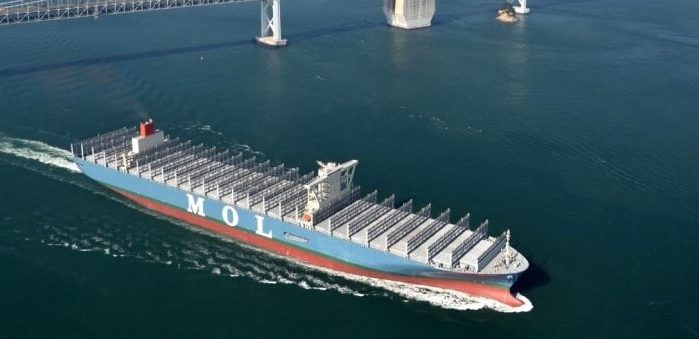MOL announced the establishment of “MOL Group Environmental Vision 2.1” as a guide to achieve net zero GHG emissions by 2050 and realizing a sustainable society.
The new vision is an upgrade to “MOL Group Environmental Vision 2.0” announced in June 2020. The company analyzes scenarios, adopting the framework of the Task Force on Climate-related Financial Disclosures (TCFD).
It also addresses environmental issues by setting higher targets, in response to accelerating advances in global trends and technological innovation.
For the next generation on board this planet, the MOL Group will work collaboratively with our partners and stakeholders with creativity to resolve environmental issues. We will continue to provide solutions for issues of high importance such as the preservation of the marine environment, protection of biodiversity and prevention of air pollution, and in order to tackle climate change with utmost urgency, the MOL Group will make a concerted effort to achieve net zero GHG emissions by 2050
said MOL.
More specifically, the goals that MOL has set are:
- Deploy net zero emissions ocean-going vessels in the 2020s;
- Reduce GHG emissions intensity by approximately 45% by 2035 (versus 2019);
- With the concerted effort throughout the Group, achieve net zero GHG emissions by 2050.
In order to achieve its goals, the company will pursue five initiatives to achieve the medium- to long-term goals. Through the five initiatives, it will work with industry partners to reduce its own and society’s GHG emissions. These initiatives are the following:
- Adoption of clean alternative fuels: Use of LNG, synthetic methane, ammonia, hydrogen, as a vessel fuel;
- Enhancement of energy saving technologies: Equipping of vessels with Wind Challenger system and introduction of other new technologies;
- Boost operating efficiency: Reduction of fuel consumption via real-time monitoring of vessel operational status;
- Building business models to enable net zero GHG emissions: Active involvement in regulation and rule-making, fair disclosure of emissions, and the introduction of Internal Carbon Pricing;
- Expanding low-carbon and decarbonization projects through MOL Group’s concentrated strengths: Business development in the field of next-generation fuels, such as offshore wind power farm projects, hydrogen, and ammonia.































































